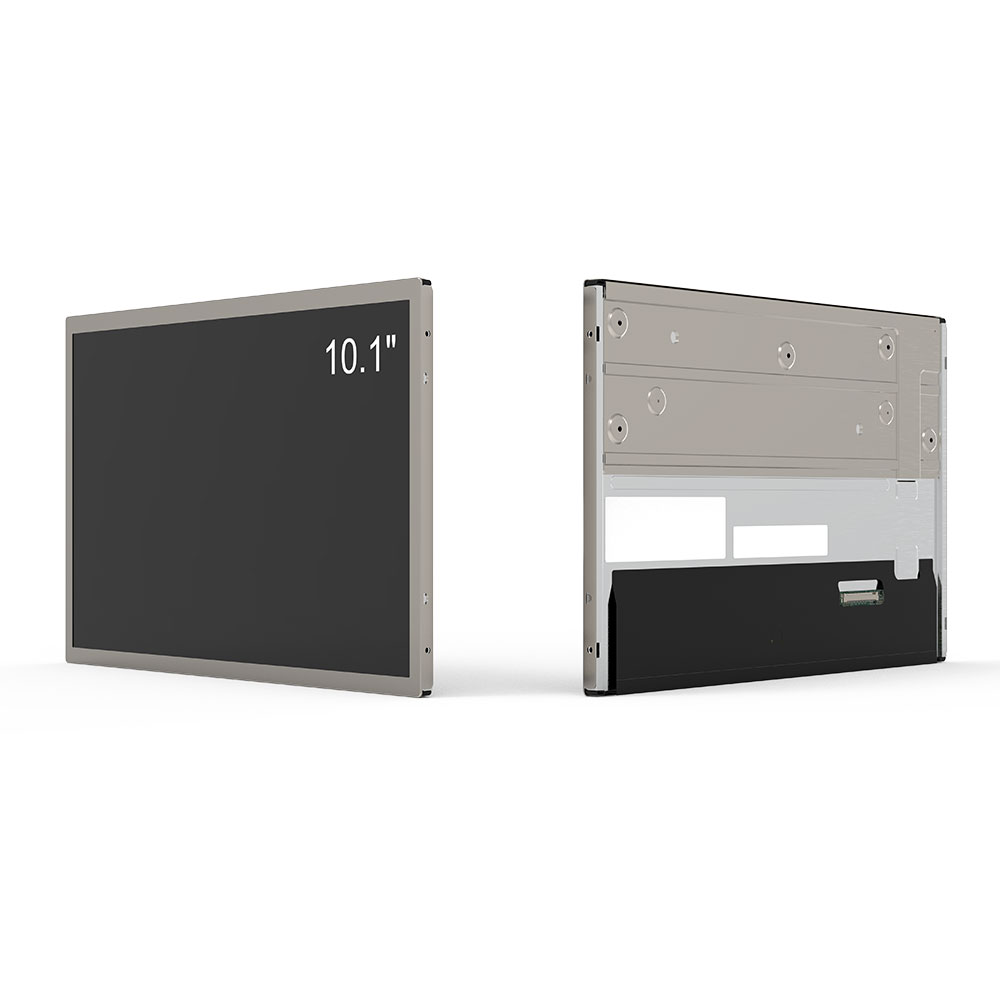When designing outdoor electronic systems—whether for transportation, industrial control, military use, or public information displays—the choice of a high-brightness, sunlight-readable LCD screen is critical. These screens must maintain visibility under intense ambient light conditions while delivering reliable performance in extreme temperatures, humidity, and vibration environments.
Why Sunlight Readability Matters
Standard LCDs often fail in direct sunlight due to low brightness (typically 250–350 nits), where ambient light exceeds the display’s output. For outdoor applications, screens must achieve at least 1,000 nits of brightness—ideally 2,000 nits or higher—to ensure legibility. Industry standards such as MIL-STD-810G and IEC 60068 define environmental resilience requirements for military-grade and industrial displays, making compliance essential for long-term reliability.

Key Technical Considerations
- Brightness (Nits): Use backlighting technologies like LED edge-lit or direct-lit with diffusers optimized for high output. High-end models exceed 5,000 nits for peak sun exposure.
- Contrast Ratio: A minimum contrast ratio of 1000:1 is necessary; IPS panels typically offer better viewing angles and color accuracy than TN panels.

- Anti-Glare Coating: Prevents specular reflection using matte finishes or nano-textured glass, reducing glare by up to 90%.
- Temperature Range: Industrial-grade screens must operate from -20°C to +70°C without performance degradation—a requirement verified via thermal cycling tests.
- Durability: IP65 or higher protection against dust and water ingress ensures longevity in harsh settings.
Real-World Case Study: Smart City Traffic Signs
In a project deployed across Phoenix, Arizona, municipal authorities chose 3,000-nit sunlight-readable LCDs with anti-reflective coatings for traffic signal displays. These units maintained readability even during midday solar peaks (>100,000 lux), outperforming standard 500-nit displays that became unusable after just two months. The solution reduced maintenance costs by 40% and improved road safety through clearer visual cues.
Testing & Certification Standards
Always verify compliance with ISO 9241-3 (human-centric design) and EN 60950-1 (safety). For military deployments, MIL-STD-810H shock/vibration resistance and MIL-STD-461E EMI shielding are non-negotiable. Third-party validation from agencies like UL or TÜV adds credibility.
Choosing the right sunlight-readable LCD isn’t just about brightness—it's about integrating durability, clarity, and compliance into a single system. With proper evaluation based on real-world testing and industry benchmarks, organizations can ensure their outdoor displays remain effective, safe, and cost-efficient over time.







